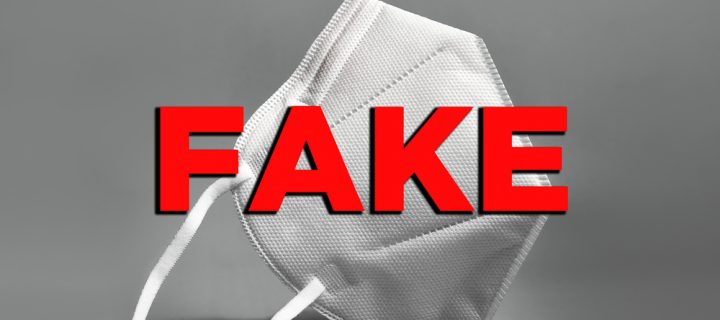Look for the right labels, headbands not ear loops, and no decorations.
Wearing a face mask while you are out in public is one of the top steps health experts recommend you take to protect yourself from the coronavirus. According to Dean Blumberg, who is the chief of pediatric infectious diseases at UC Davis Children’s Hospital in California, wearing a mask can decrease your chances of catching the virus by 65%. A face mask can be crucial. It can stop you from inhaling coronavirus-infected droplets and aerosol particles that can be present in the air around you in shared spaces. It can also prevent you from infecting others, if you have the virus.
One of the best and most effective types of mask you can wear is the N95 mask. The material used in this mask was first Invented by Peter Tsai of Knoxville, Tennessee in the 1990s. It was originally meant for use in air filters, such as those found in your home. It wasn’t until 1996 that the Centers for Disease Control and Prevention (CDC) discovered the material was also superb at blocking viruses and bacteria, and the material was then combined with the design of 3M medical masks to form the mask we have at present.
Today, the N95 face mask is described by the Mayo Clinic as a type of respirator that offers the wearer more protection than a typical medical mask. It does this by filtering out both the large and small particles in the air you are inhaling. But while being extremely effective, some negatives have come along with this marvel. Everyone wants one. N95 face masks have been in such high demand during the coronavirus pandemic that there has been a shortage in supply. And this, unfortunately, has paved the way to corruption.
Dangerous Imposters
According to news reports, hospitals across Washington State were frantically pulling their N95 masks off stock shelves when it was discovered some weren’t the real deal. These fakes had somehow managed to pass inspection, but possibly weren’t really going to protect people as they thought. The masks looked and felt just like real N95 face coverings but were discovered by investigators to be inauthentic. Health workers were appalled.
Related: How to Get a Coronavirus Vaccine in Your State
“To have to reintroduce fear and anxiety to our clinicians who are out there taking care of their communities because someone chose to try to make money off of this situation is really highly frustrating,” June Altaras, who is senior vice president of MultiCare Health System, told Fox News.
The fake masks in Washington State had infiltrated at least ten hospitals, affecting 500 different medical departments.
So, how can you make sure you don’t get caught up in this mess? Look for these specific clues.
Signs It’s a Counterfeit
First, look for an approved label either on the respirator itself, or its packaging, the CDC says. Masks (or filtering facepiece respirators, also known as FFRs) that are approved by the National Institute for Occupational Safety and Health (NIOSH) will always be labeled as either N95, N99, N100, R95, R99, R100, P100, P95, or P99 masks. Your FFR could be a fake if it has not markings on it, there is no approval number (a TC number), or it has no NIOSH markings. If ‘NIOSH’ is spelled incorrectly, this is also a big clue.
If there is anything extra on your mask, like sequins, or it’s made from some kind of decorative fabric, it is also not a real FFR mask. Does your FFR mask say it is made for children? If ‘yes’, it is not real, as these masks are only approved and manufactured for adult use. Finally, if the mask has ear loops instead of a headband, this is also an indicator that it wasn’t officially approved for use.
For more information on spotting a fake, click here. Wearing some sort of masks is always better than none. Don’t be fooled, however, into buying or wearing something you think will protect you more than it really will.
photo credit: danielmarin/Shutterstock.com












